Best Ways To Title Your Cover Letter Title
Titling your cover letter appropriately can help your letter get through to a recruiter without any issues. What should you know about how to title your cover letter?
Titling your cover letter appropriately can help your letter get through to a recruiter without any issues. What should you know about how to title your cover letter?
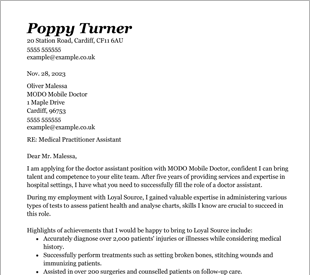
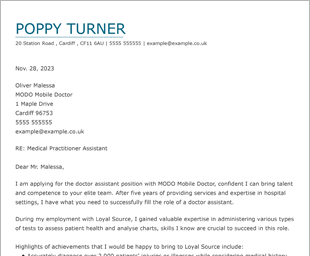
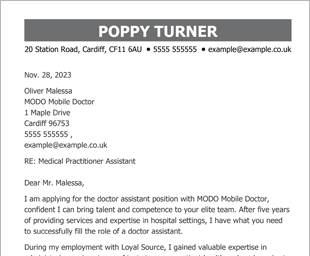
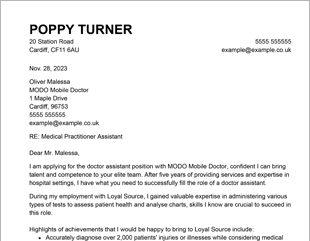
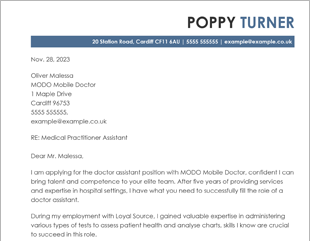
OUR USERS HAVE BEEN HIRED BY
Because you’ll rarely see cover letter examples including a file name, it’s important that you understand how to write your own. Here are a few tips.
Most of the time, as long as your document includes your name, you can name it whatever you like. However, keeping the cover letter title consistent makes writing your cover letter a bit simpler, as you’ll never really have to think about what you want to name the file when you download it from your CV builder.
It’s very important that your cover letter title isn’t just a random jumble of numbers or letters. However, the exact style of the name you give your cover letter isn’t as important. It’s most important that it’s easy to read, includes your full name, and doesn’t include any extra characters at the end of the file name. This is your first impression, so it’s important to keep it as professional as possible.
No, this isn’t necessary. You should include it in the salutation, with phrasing like “Dear Mr. Smith,” but it’s not necessary to put the interviewer’s name in the title. You’ll typically be submitting your cover letter directly to the interviewer, so you don’t have to signal who the letter is for.
As long as you’re consistent, your cover letter title should be fine. The format should include your full name, along with consistent capitalizations and formatting. For example, you can use camelCase (“ShawnPowellCoverLetter”), underscores (“Shawn_Powell_Cover_Letter”), or dashes (Shawn-Powell-Cover-Letter”). All of these can be read as professional.
We personalize your experience.
We use cookies in our website to ensure we give you the best experience, get to know our users and deliver better marketing. For this purpose, we may share the information collected with third parties. By clicking “Allow cookies” you give us your consent to use all cookies. If you prefer to manage your cookies click on the “Manage cookies” link below.